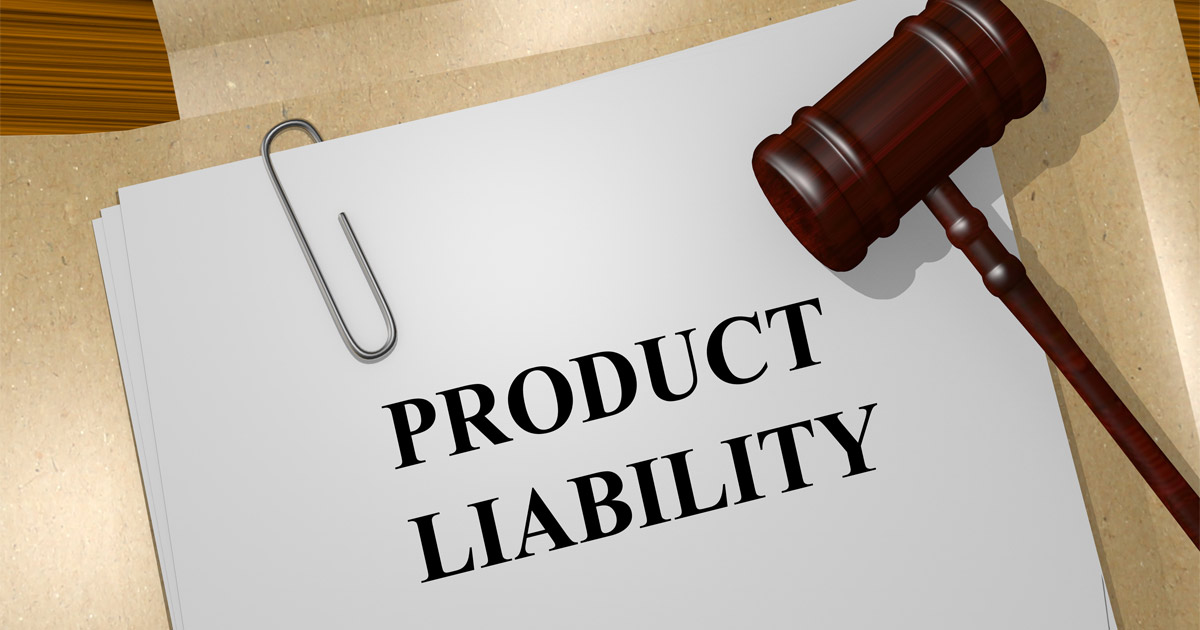Effective Sept. 1, 2021, Amazon will compensate customers who suffered injuries or property damage from a defective product they bought on Amazon, including those that were purchased through a third-party seller. Under the new policy, Amazon will pay customers directly for claims under $1,000, which accounts for over 80 percent of cases, according to Amazon.
Prior to this, customers had to work directly with the seller if they wanted to file a claim, which raised questions about who should be held liable for a defective product that is sold on Amazon. When this new policy is in effect, Amazon customer service will help coordinate the claims process with the customer, the seller, and the seller’s insurance company. If you suffered an injury or property damage from a defective product that you purchased on Amazon, it is highly recommended that you contact an experienced lawyer as soon as possible.
Over half of Amazon’s sales are generated by third-party sellers. There are millions of third-party sellers that are part of the Amazon Marketplace. Products sold by third-party sellers are listed with all other Amazon products, but there is an indication within the product listing that tells the customer that the product is not sold by Amazon.
To sell their products on Amazon, third-party sellers are subject to the terms of the Business Solutions Agreement (BSA), which states that all third-party sellers are responsible for any defects or public or private recalls of their products. Third-party sellers set the pricing for their products, and they are responsible for packaging the product, complying with applicable laws, and even shipping directly to buyers. They must also agree to the Conditions of Use, which states that Amazon is not liable for products sold by third parties.
Unlike other retailers, Amazon has the unusual legal status of being half-platform, half-store. When it comes to liability, Amazon has argued that customers and sellers are able to connect on the platform and that Amazon is the intermediary. From a legal perspective, this has allowed Amazon to avoid the liability that conventional retailers face. As a result, their third-party seller business has led to hundreds of billions of dollars in sales.
Third-party products sold in the Amazon Marketplace are often less expensive, less controlled, and in some cases, less reliable for other products. Since Amazon is considered the platform for those products rather than the actual seller, the retail giant does not assume liability if the product is defective. Customers often miss the difference between products sold in Amazon’s main retail store versus the Marketplace because they are not separated on the website. Courts are starting to look more closely at this issue and whether Amazon should be liable for products sold by third-party sellers.
Courts have ruled on both sides of the debate when it comes to third-party products sold on Amazon and whether Amazon should be held liable for defective products. The following are examples of products liability cases involving Amazon.
Third-party sellers account for over half of all products sold on the retail giant’s website. Sellers include everything, from established brands to handmade crafts made by individual sellers. A significant percentage of manufacturers are based in China.
In addition to compensating shoppers for claims of property damage or personal injuries under $1,000, Amazon may compensate shoppers for amounts larger than $1,000 if the seller is unresponsive or rejects a valid claim. Amazon has also offered to assist sellers with purchasing their own liability insurance. Due to the complexities of these cases and the recent court decisions, it is highly recommended that customers who have purchased a defective product from a third-party seller contact an experienced lawyer.
If you wish to pursue a products liability claim, there are several factors you must establish to reach a successful settlement. For example, you must prove that the product that you purchased is unreasonably hazardous, that you suffered an injury, and that the defective product caused the injury. To do this, it is important to compile as much evidence as possible, including photographs of the product, the packaging and product manual, photographs of the injury, as well as medical records.
When it comes to products liability cases, California follows the strict liability rule, which means that you do not have to prove that the seller’s negligence caused the injury. You must prove that your injury was caused by the defect. While you do not have the burden of proving negligence, the process of filing a personal injury claim can be challenging, particularly when pursuing legal action against a large company, like Amazon.
It is also important for claimants to understand the statute of limitations concerning products liability claims. All claims must be filed no later than one year after your injury was discovered. If you miss this deadline, your claim will be denied, and you will not be eligible to collect compensation for your injury.
Too often, defective, or unsafe products cause consumers to suffer serious injuries, including burns, cuts and lacerations, and blindness. In extreme cases, defective products can cause devastating fatalities. Many of these injuries could have been prevented if the necessary safety protocols were in place and if the seller did not prioritize profit over safety. Unfortunately, the costs associated with these injuries can accumulate very quickly.
A skilled lawyer will assist you with every step of the claims process. A lawyer might be able to help you receive compensation for the following:
If you were injured by a defective product that you purchased from a third-party seller on Amazon, you are urged to contact our Los Angeles products liability lawyers at ACTS LAW. We will conduct a thorough investigation into the details of your case. To schedule a free consultation, call us today at 833-228-7529 or contact us online. Located in Los Angeles and San Diego, we serve clients throughout Southern California.

When defective and dangerous consumer products cause injuries or even death, it is crucial to hold the responsible parties accountable. Despite consumer protection laws and advanced manufacturing tech...

A woman using a NutriBullet 900 suffered lacerations and severe burns when the blender’s parts separated while in use, causing them to explode out of its cup. Surgery was required to treat her injuri...

Consumers want to believe that the products they buy are safe for both themselves and their family to use. Unfortunately, that is not always the case. The statistics are startling; product defects resu...